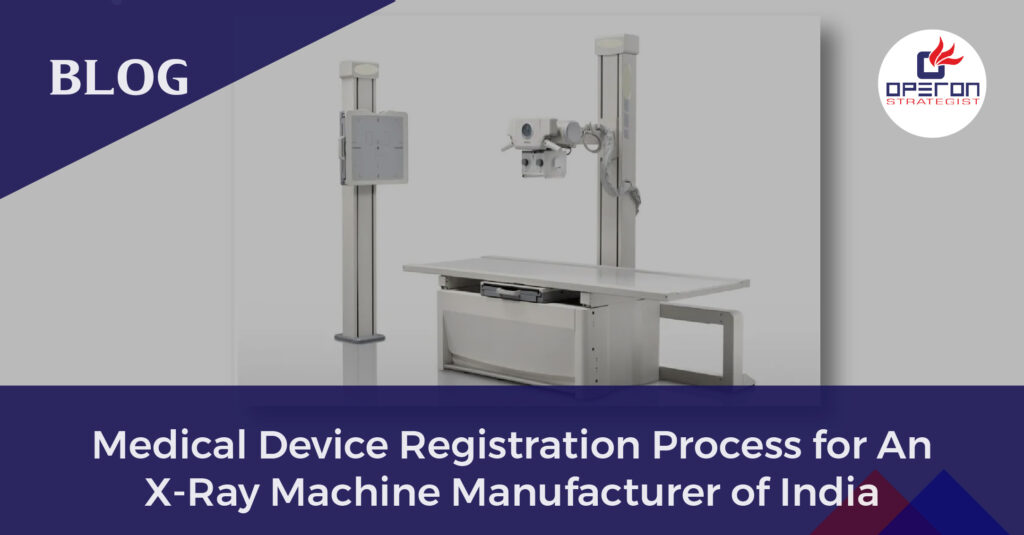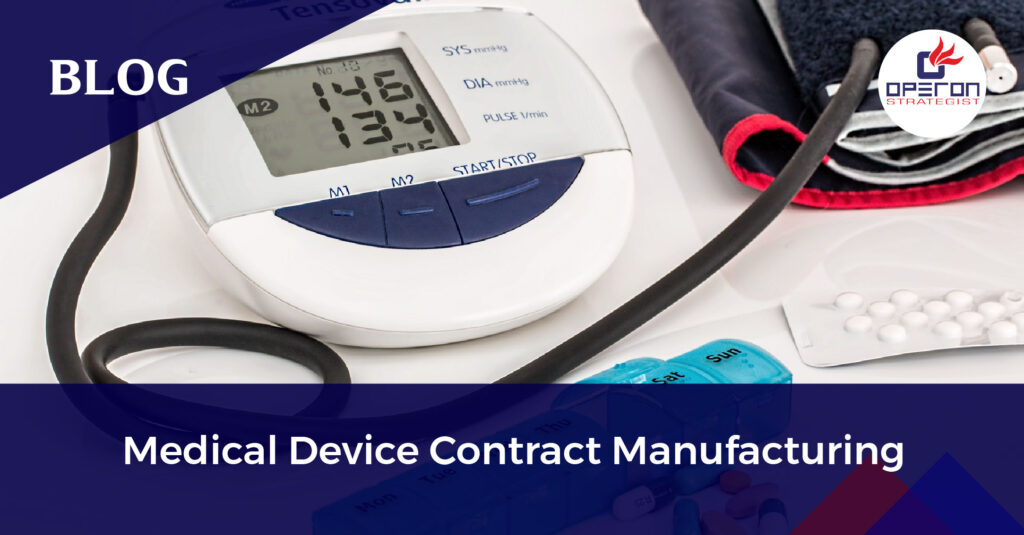An Overview of X-Ray Machine Manufacturing:
X-rays are a form of radiation. Using X-ray imaging, your body’s structure can be examined. The electromagnetic energy that causes X-rays and visible light is the same. Individual X-ray waves are sent by an X-ray machine through the body. The images are captured on film or a computer. X-rays are mostly used to check broken bones (fractures). The other way to use this is to spot pneumonia by doing a chest X-ray. Human tissues and organs are among the non-metallic objects that X-rays can pass. An X-ray machine works like a big camera that enables medical practitioners to examine patients without performing surgery. The common type of X-rays is joint X-ray, dental X-ray, bone X-ray, abdominal X-ray, etc. The X-ray test is done in the hospital radiology department. Manufacturers of these devices need to consider a few things while x-ray machine registration in India
Looking for Registration Process of X-ray Machine?
Lets have a word about your project
What are the Different Types of X-ray Machines?
Although there is a wide variety of machines available, they can be categorized into three types based on size, power, and manufacturing. Types are:
- Mobile x-ray machines.
- Portable x-ray machine.
- fixed x-ray machine.
The manufacturing of X-ray machines involves the usage of high-precision components, such as rotors and anode cans. Makers often use the deep drawing technique, which begins by pressing a standard metal sheet into a cup of die with high pressure pressing machine. The global X-ray machine manufacturing market is expanding primarily due to the rising prevalence of respiratory, genitourinary, cardiovascular, and gastrointestinal problems, particularly in the elderly population.
X-ray machines are widely used in various medical, industrial, and security applications. There are different types of X-ray machines, each designed for specific purposes. Here are some common types:
- Radiography X-ray Machine: This is the most common type used in medical imaging. It produces still images, such as X-ray films, to visualize the internal structures of the human body, including bones and organs.
- Fluoroscopy X-ray Machine: Unlike radiography, fluoroscopy X-ray machines create real-time moving images. They are often used in procedures like barium swallows, angiography, and joint injections to visualize structures as they function.
- Computed Tomography (CT) Scanner: CT scanners are used for detailed cross-sectional imaging of the body. They use a series of X-ray images taken from different angles to create three-dimensional images. CT scans are valuable for diagnosing a wide range of medical conditions.
- Mammography Machine: Designed specifically for breast imaging, mammography machines use low-dose X-rays to detect and diagnose breast cancer at an early stage. Digital mammography has largely replaced traditional film-based systems.
- Dental X-ray Machine: Dental X-ray machines are used to capture images of teeth and the surrounding oral structures. There are various types, including intraoral (inside the mouth) and extraoral (outside the mouth) systems.
- C-arm X-ray Machine: C-arm machines are mobile units used in operating rooms and interventional radiology procedures. They provide real-time X-ray imaging, making them useful for guiding surgical and minimally invasive procedures.
- Industrial X-ray Machine: Used in non-destructive testing (NDT) for inspecting industrial components, welds, and materials. They help detect defects or irregularities without damaging the tested objects.
- Baggage and Cargo X-ray Scanner: These security X-ray machines are used at airports and ports to scan luggage, packages, and cargo for concealed items or suspicious materials.
- Portable X-ray Machine: These compact and lightweight X-ray units are designed for easy mobility and are often used in emergency rooms, home healthcare, or remote locations.
- Veterinary X-ray Machine: Adapted for use in veterinary medicine to diagnose and monitor medical conditions in animals.
Each type of X-ray machine is designed with specific features and capabilities to meet the unique requirements of its intended application, whether it’s for medical diagnostics, industrial quality control, security screening, or other purposes.
Anyone who wants to manufacture /import a new X-ray machine has numerous problems and questions while pricing and financing are the main issues, choosing the best manufacturer or technology also plays a critical role. We provide turnkey manufacturing solutions which are cost-effective and helpful for x-ray machine registration in India. For more than a decade we are working in this industry and we are assisting X-ray manufacturers in Manufacturing plant layout designing which needs to be compliant with the respective regulatory bodies.
Is Registration Required for the Import or Manufacture of X-ray Machines?
The X-ray machine’s intended usage is to capture images of the patient’s internal body structure in order to diagnose, monitor and treat any injury. As a result. According to MDR 2017, CDSCO medical device registration for X-ray machines is required. In India CDSCO is a regulatory authority for medical devices. The X-ray machines are classified as Class C medical devices as the risk-based classification of MDR 2017. The classification of medical devices is risk-based, and they are classified as Class A-low risk devices, Class B – low to moderate risk, Class C- Moderate to high, and Class D- High-risk devices.
Procedure to CDSCO Registration for X-ray Machine Manufacturing
As a manufacturer of an X-ray machine device, you need to first check whether the device is notified or non-notified. X-ray machines are notified devices and hence, need mandatory CDSCO medical device registration. If a manufacturer is not Indian, then he /she needs to appoint (IAA Indian Authorized Agent) who will act as a representative on behalf of the manufacturer. In order to obtain the license, the technical file of all the necessary documents like the application form, ISO 13485 certificate, DMF, free sale certificate, etc should be submitted. After submission to the correct authorities, the registration license is obtained by the manufacturers.
How do we Assist Manufacturers/Importers with X-ray Machine Registration in India?
Preparing regulatory documents is a time-consuming and precise process. Prior to placing the product in India, an importer/manufacturer is already involved in numerous business elements. If a single mistake is made, it might result in a complete delay in the company plan, financial planning concerns, and supply chain disruption.
Our dedicated and experienced team of professionals assists you in the creation and submission of the technical file and provides training and guidance on the implementation of the Quality management system, and device design documentation to speed up your regulatory process. Avail of our cost-effective services to save your time and money. Contact our experts today and discuss your requirements.
Reference:

MBA Finance, Science graduate, SEO & Technical content writer, possesses keen research and influencing writing skills for more than a year.
-
Anuradha Shahahttps://operonstrategist.com/author/content/
-
Anuradha Shahahttps://operonstrategist.com/author/content/
-
Anuradha Shahahttps://operonstrategist.com/author/content/
-
Anuradha Shahahttps://operonstrategist.com/author/content/




